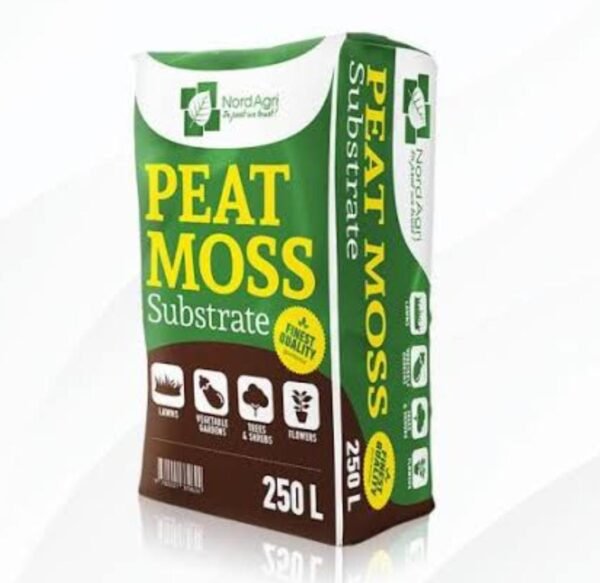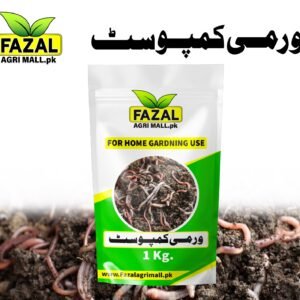Pest Moss (250L) Bag
₨ 13,500
peat moss is a dark brown, fibrous material derived from the decomposition of sphagnum moss and other organic matter in peat bogs over thousands of years. It is commonly used as a soil amendment to improve moisture retention and nutrient availability for plants.
Description
peat moss is a dark brown, fibrous material derived from the decomposition of sphagnum moss and other organic matter in peat bogs over thousands of years. It is commonly used as a soil amendment to improve moisture retention and nutrient availability for plants.
Characteristics of Peat Moss
Composition: Peat moss is primarily composed of decomposed organic materials, particularly sphagnum moss, which accumulates in waterlogged conditions.
Physical Properties: It has a dark brown color and a fibrous texture, allowing it to hold up to 20 times its weight in water, making it an excellent moisture-retaining agent.
Acidity: The metabolic processes of peat moss contribute to an increase in acidity in the surrounding environment, which can inhibit bacterial action and slow down decay.
Uses of Peat Moss
Soil Amendment: It is widely used in gardening and landscaping to enhance potting mixes and garden soils, improving aeration and drainage.
Horticultural Applications: Peat moss is often utilized in seed starting, as it provides a sterile medium that promotes healthy root development.
Other Uses: Historically, dried peat moss has been used for various purposes, including surgical dressings, diapers, lamp wicks, and as bedding for animals.
Ecological Importance
Habitat Formation: Peat moss plays a crucial role in the formation of bogs and wetlands, which are important ecosystems that support diverse plant and animal life.
Carbon Storage: It acts as a significant carbon sink, helping to mitigate climate change by storing carbon that would otherwise be released into the atmosphere.
Additional information
| Weight | 250 kg |
|---|







0.0 Average Rating Rated (0 Reviews)